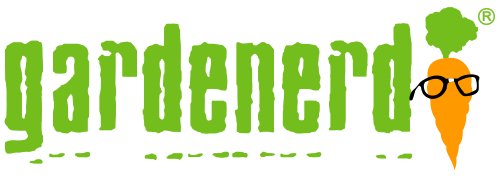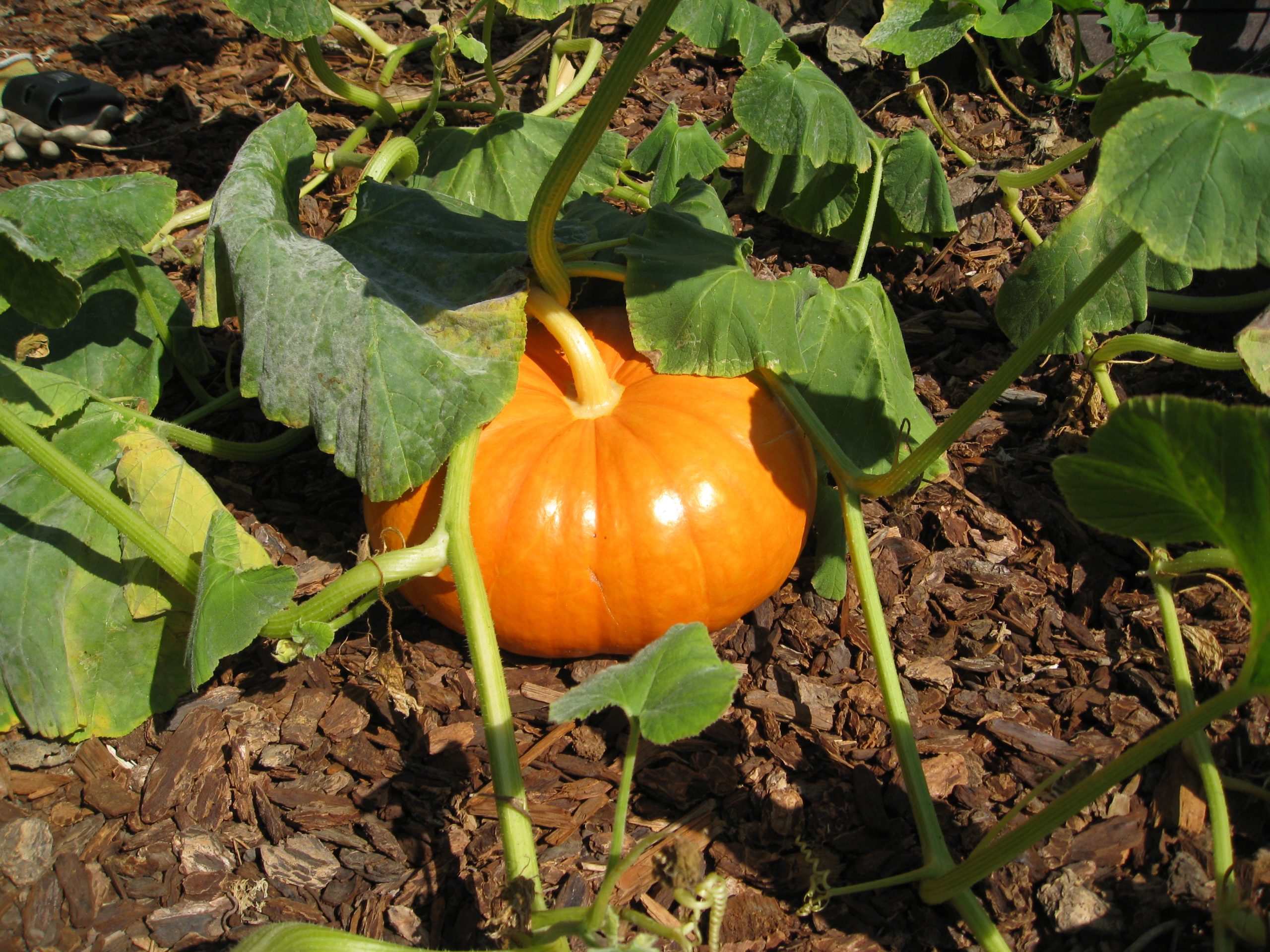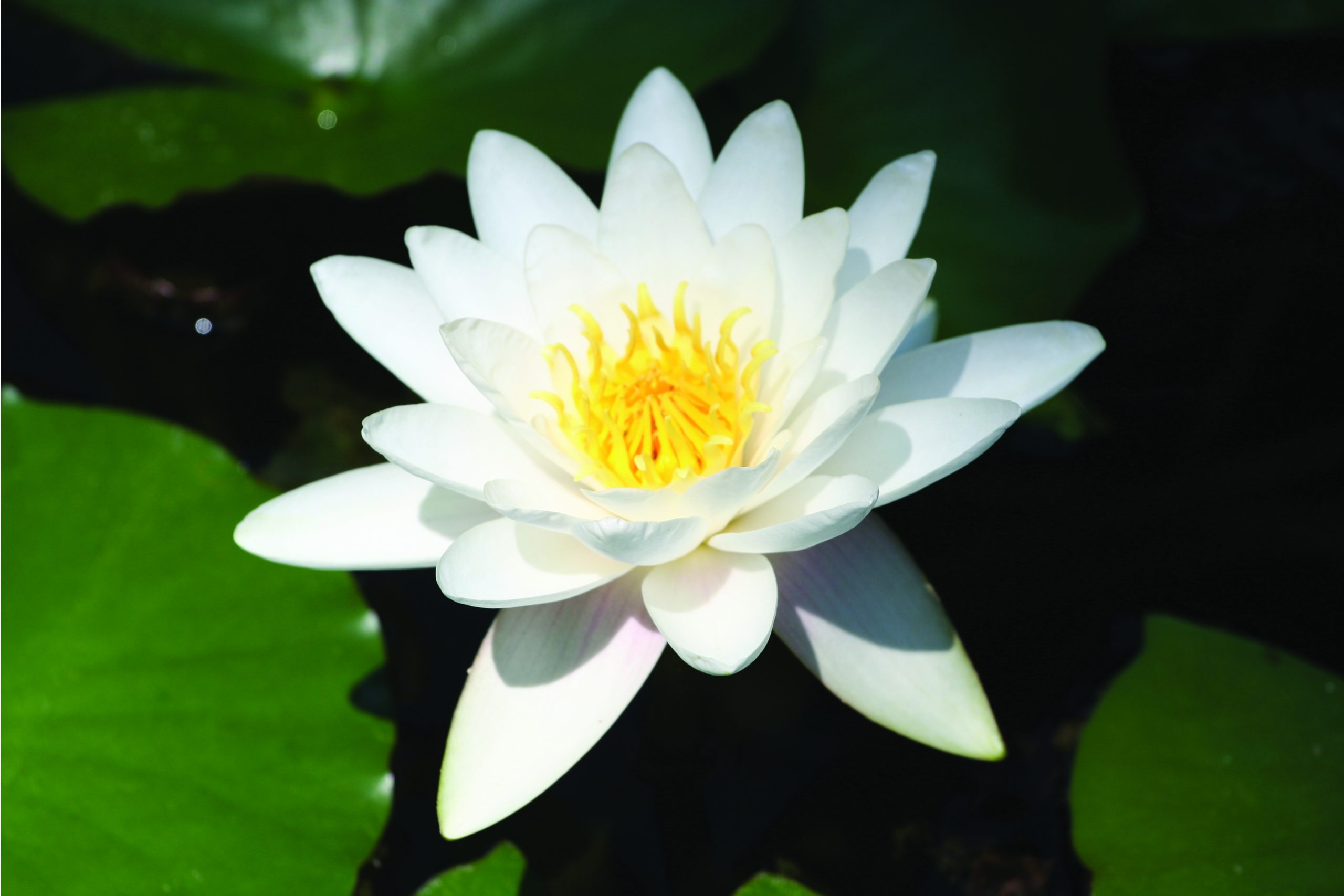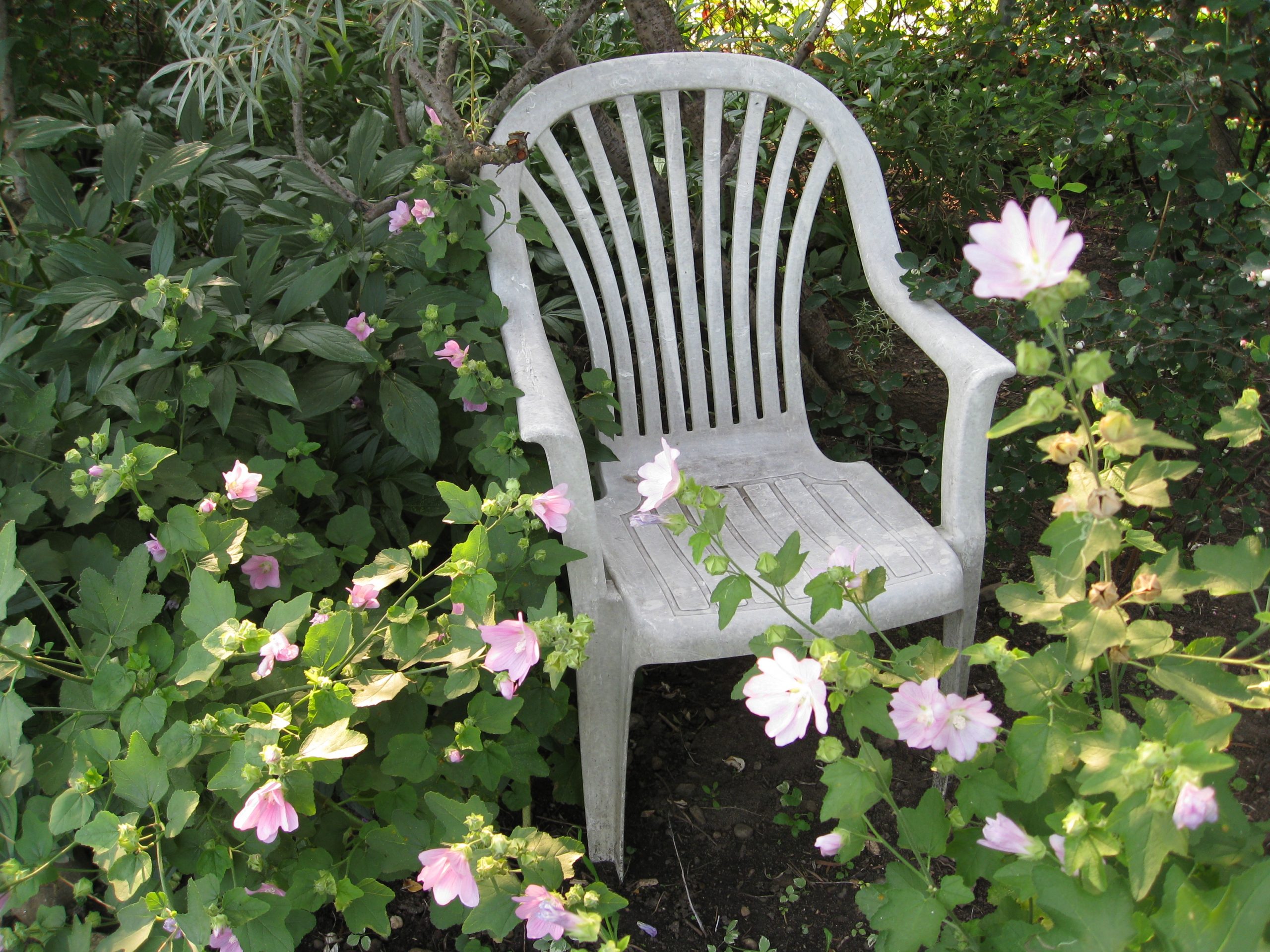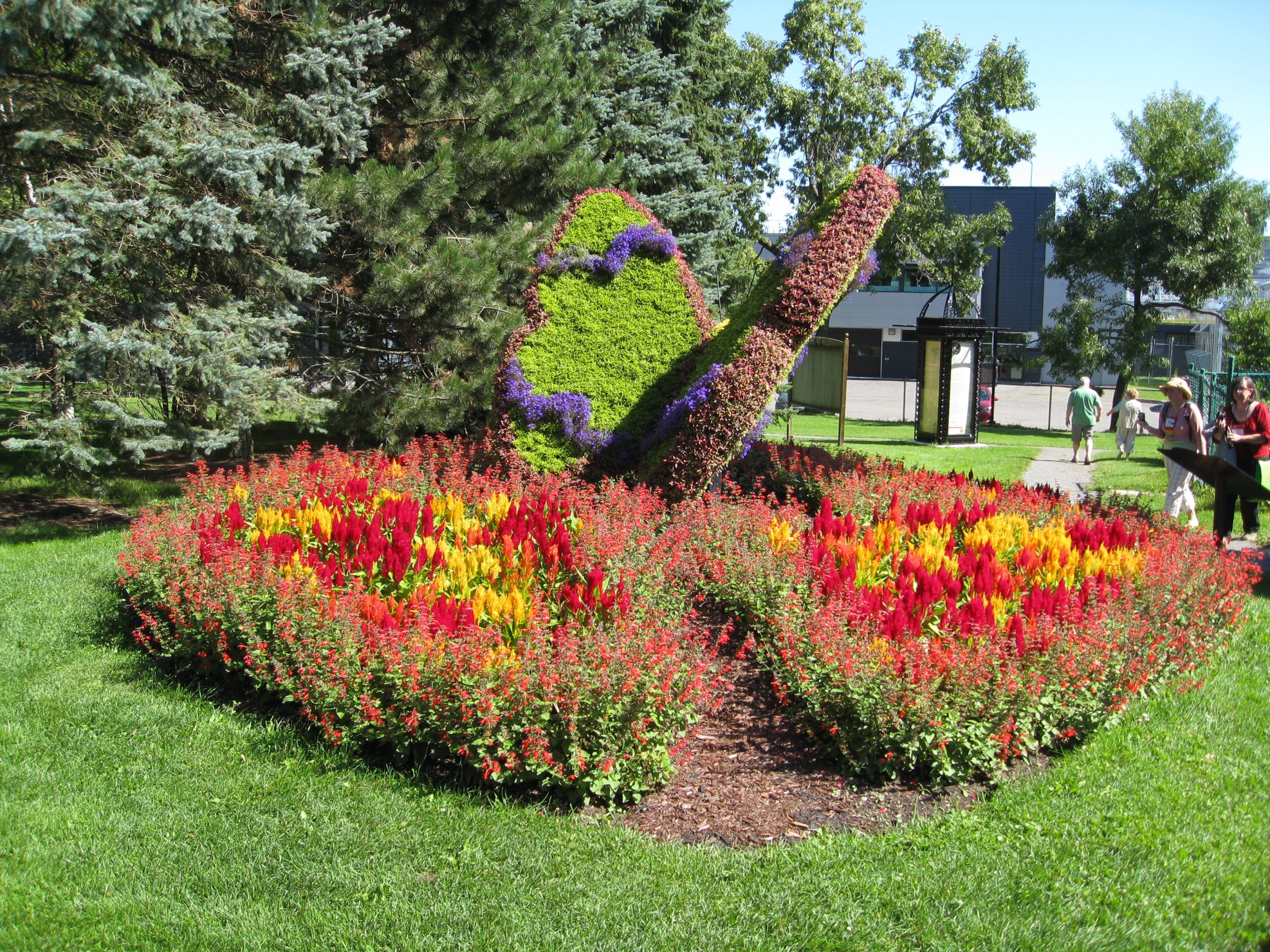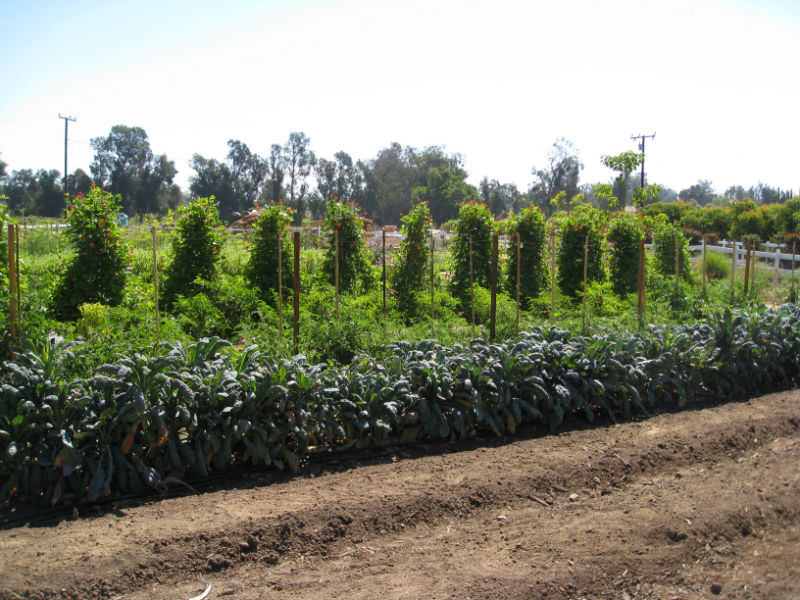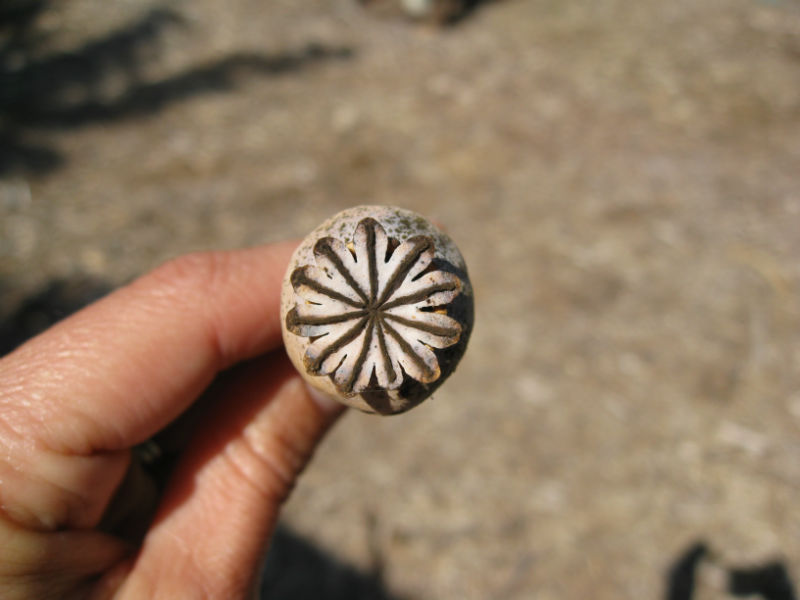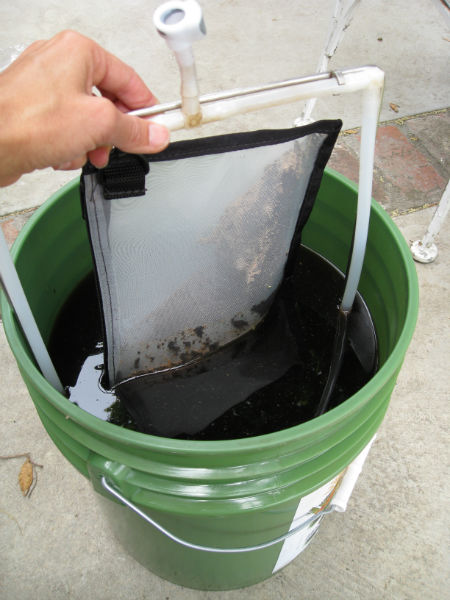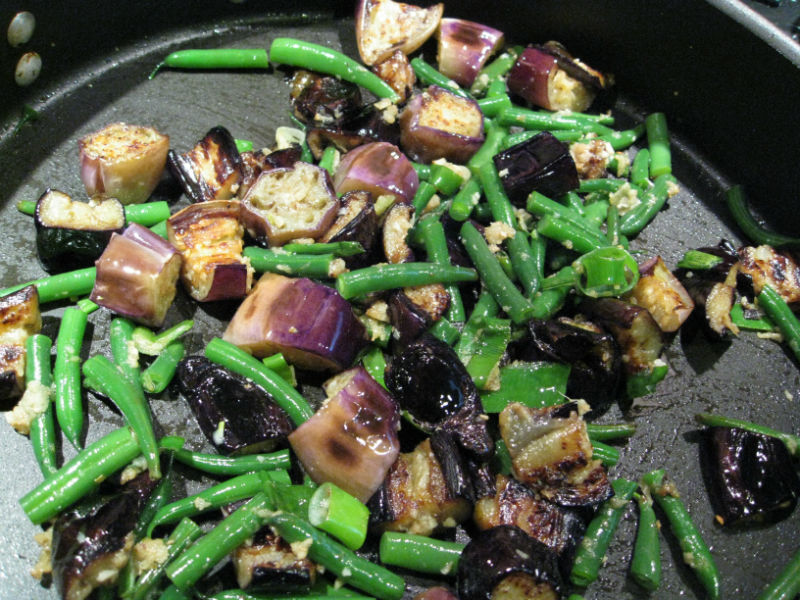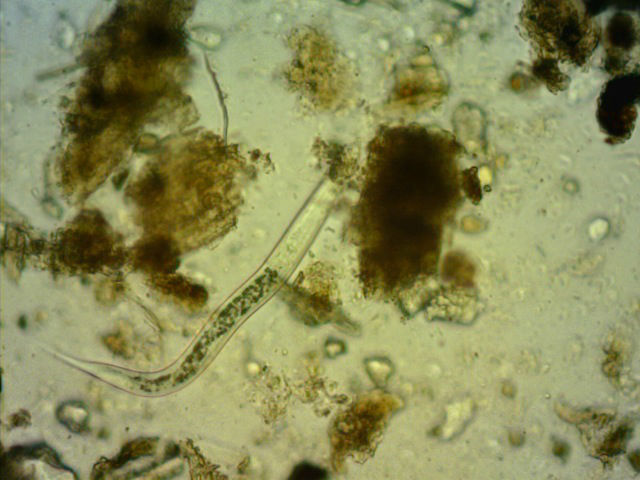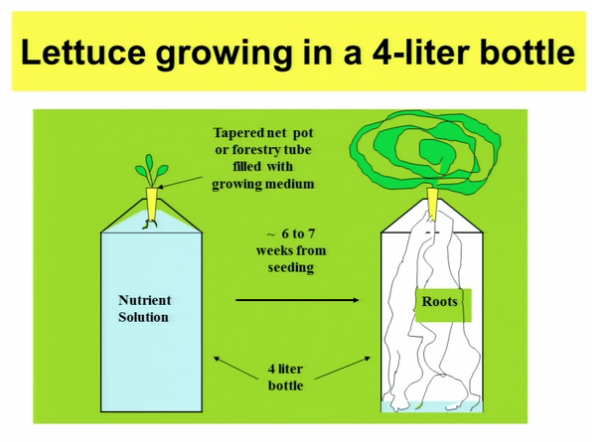When Life Gives You Destruction: The Pumpkin Massacre
Each year, we grow our own pumpkins for Halloween and winter pumpkin puree-based desserts. Most years it goes well, but this year's results left much to be desired. It all started out so good... We planted Rouge Vif e’Etampes (AKA Cinderella's Carriage) and despite our gloomy overcast summer dishing out gobs of powdery mildew, they thrived. We had three pumpkins in one cluster growing gangbusters. Then, well past the point of pollination infancy, one 5" small pumpkin withered and fell…
